For nearly two years now, the COVID-19 pandemic has created an unprecedented challenge to public health and healthcare systems around the world. It has also had a ripple effect on HIV services, raising concerns over the decline in global funding and access to care for those living with HIV.
Gilead HIV Policy Directors Dan Murphy and Pema McGuinness recently developed a series of policy papers that warn of the consequences if governments fail to take steps to prioritize and invest in HIV. Together they worry that government inaction could deal a serious setback to progress made thus far and jeopardize the UNAIDS’ goal of ending HIV by 2030.
Working in consultation with an expert panel of clinicians and policy leaders from the global HIV community, Dan and Pema examined the latest data and research and developed three policy papers that call for investing in HIV, addressing inequities in HIV care and integrating telehealth into HIV care. The papers were released last fall and are already being utilized by government, healthcare leaders and HIV advocates. In fact, a British woman living with HIV recently cited the papers in an address before the UK Parliament.
We sat down with Dan and Pema to learn about some of the key takeaways.
Q. How has COVID-19 impacted efforts to end the HIV pandemic?
Pema: COVID-19 has massively disrupted health services across the board. For HIV it’s caused significant declines in testing, prevention and treatment services. Shelter-in-place orders resulted in closures of clinics where people receive services. Public health and healthcare staff who normally work in HIV were reassigned to work on COVID-19. Some governments reduced budgets for HIV and refocused funds to COVID-19. In the UK, the government’s funding for UNAIDS was 83% lower in 2021 than 2020 due to pandemic diversions. And let’s not forget the mental health impact and how it has led to increased social isolation and substance use.
Dan: The Global Fund reports the number of people reached with HIV prevention programs and services declined 11% in 2020 compared with the year before, while testing for HIV dropped 22% last year. But while there has been significant disruption, it’s important to note the enormous resilience of people living with HIV, as well as the innovation that happened during the pandemic. One of the things that clinicians successfully turned to was telehealth. It was scaled up in ways we hadn’t seen before the pandemic, and it has provided a new tool for people living with HIV to access care.
Q. What did your research uncover that surprised you the most?
Pema: We were both shocked by the gross inequities in HIV prevention, testing, linkage to care and access to services around the world, with the most vulnerable individuals suffering disproportionately from lack of services. The impacts of COVID-19 were also not experienced equally. Many of the communities that were hardest hit by the pandemic are the communities that already face significant social and structural barriers to health, such as poverty, homelessness and unstable employment. We found that COVID-19 exacerbated all these challenges. As we attempt to get back on track with our HIV response, we need to make sure all communities are recovering and to recognize that some communities are going to need greater investment in resources because they’re disproportionately impacted.
Dan: I was surprised to learn the extent to which funding shortages can lead to a spike in diagnoses. For example, in our research we found that budget cuts in Greece during the 2009-10 economic recession resulted in defunding interventions such as needle exchanges and opiate substitution services that are key HIV prevention programs. The study concludes that “big events,” such as the economic recession, can lead to increased HIV infections, especially if they cause social, economic and cultural change. Greece ultimately saw a 200% increase in HIV diagnoses from 2011-13 while neighboring countries that did not make HIV program cuts saw no spikes in new HIV cases during that timeframe. The COVID-19 pandemic is another “big event” and it is essential that governments heed the lessons from the past and continue to invest in HIV, including in innovative care.
Q. What have we learned from the pandemic that can be applied to help improve the response to HIV?
Pema: The pandemic taught us how absolutely essential it is to invest in our public health infrastructure. We all benefit from those investments. The global COVID-19 response leveraged the infrastructure, research, expertise and policies that were created as a result of multiple decades of investment in HIV. These include investment in laboratories, healthcare facilities and community-led delivery models and research models. By using the HIV infrastructure, it helped accelerate our ability to respond to COVID-19. We also learned the importance of community-based organizations in education, outreach, testing and, now, vaccinations. Supporting community-based organizations is very critical to have a robust response.
Dan: Another lesson we learned is that science and innovation are hugely important to treatment. The scientific communities and the private sector have been extraordinary in terms of developing vaccines and treatments for COVID-19 and it’s important that policy makers and governments continue to recognize the value of therapeutic innovations in treating a range of conditions and managing public health and in efforts to end the HIV epidemic
Q. What are some of the steps we need to enact now to achieve the UNAIDS 2030 goals?
Pema: Affordable health care, which is a major barrier to getting tested and linked to prevention services and treatment and care. Governments must maintain, if not increase, their investments in HIV. We definitely want to avoid a situation where there are cuts to HIV services that result in a surge of diagnoses. Investing in a national HIV response that includes resource allocation for testing, prevention, care and innovative medicines is the smartest thing a government can do – not only to protect its citizens, but to help defray massive costs to the health care system in the future.
Dan: Stigma is a significant barrier that needs to be addressed. There are barriers to access and quality care because of the fragmentation of services, and that’s why telehealth has been such an important innovation. We need to move forward with access to innovative care and truly help end the HIV epidemic. We can’t allow COVID-19 to shift the course of the progress previously made in HIV.
Source: Website Newsroom
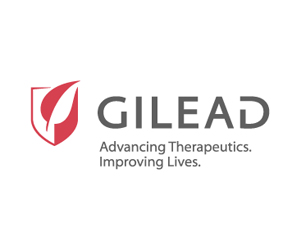



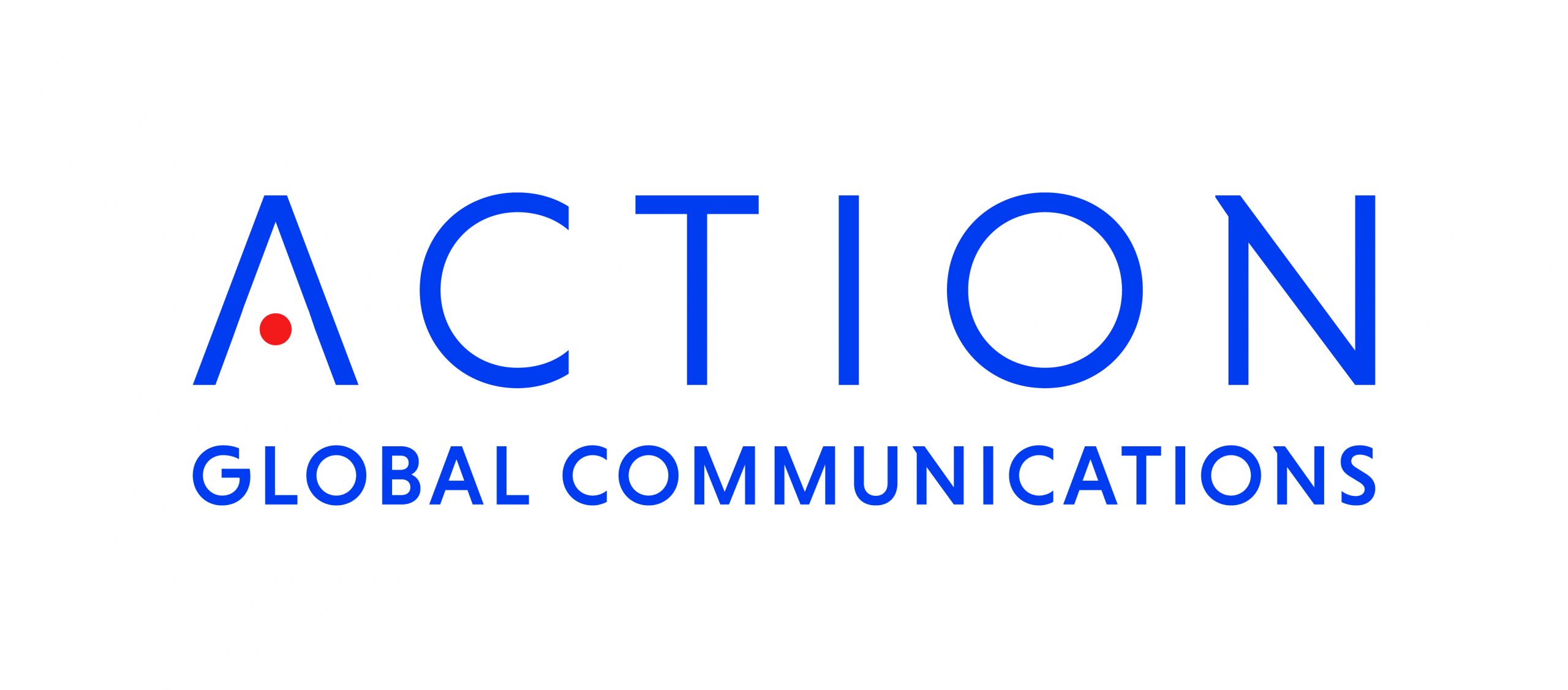


















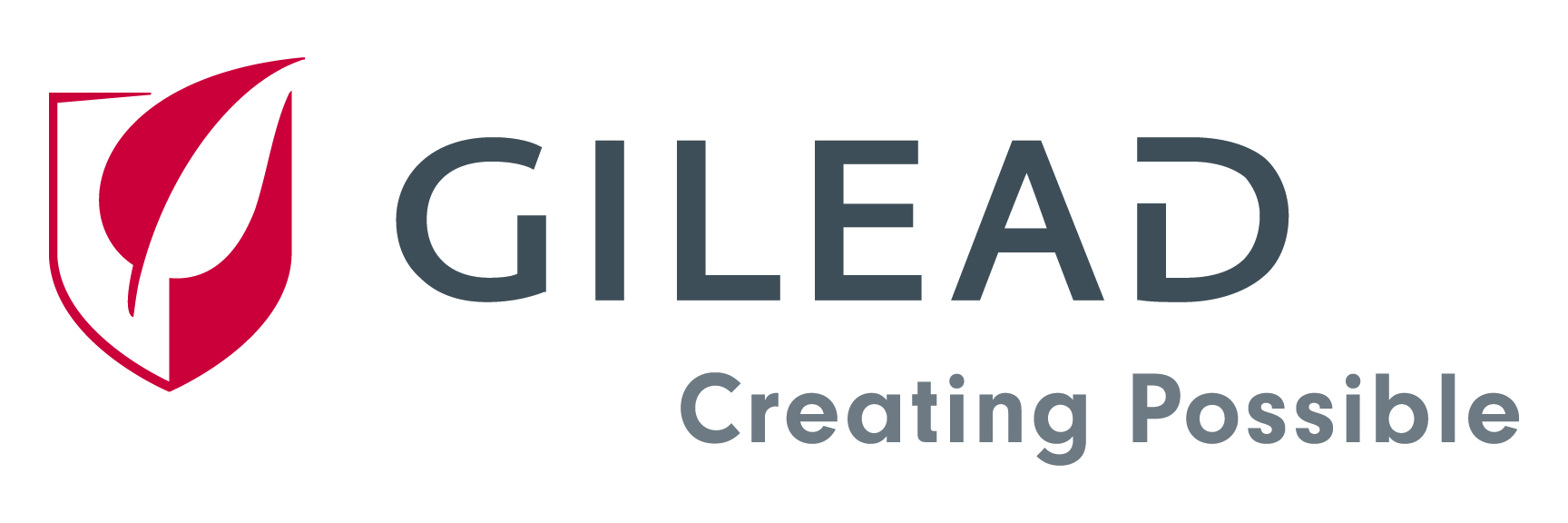









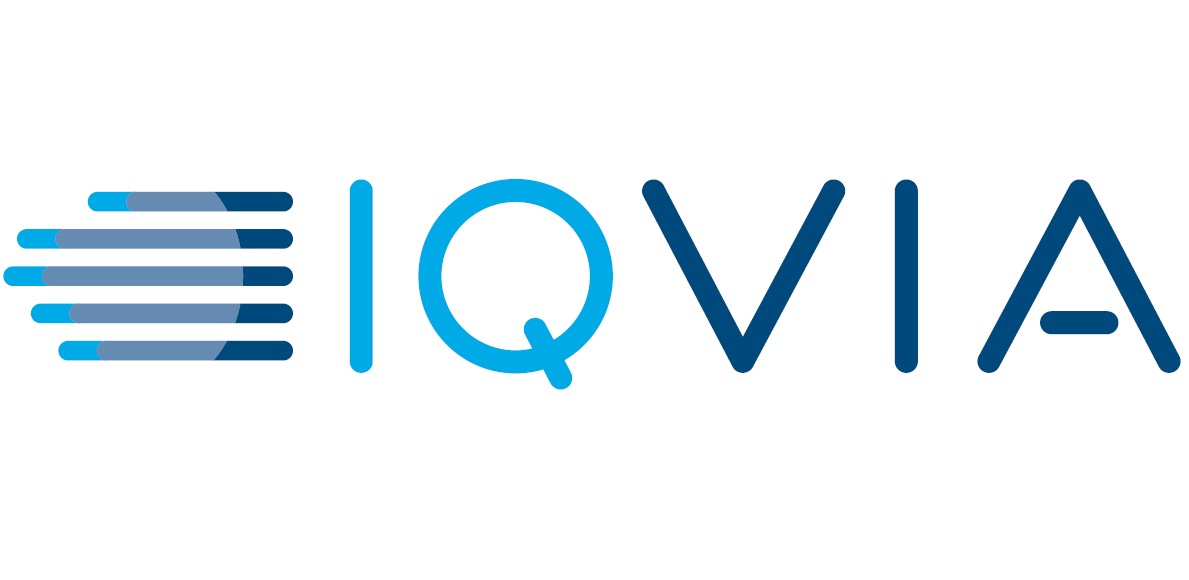










1.jpg)









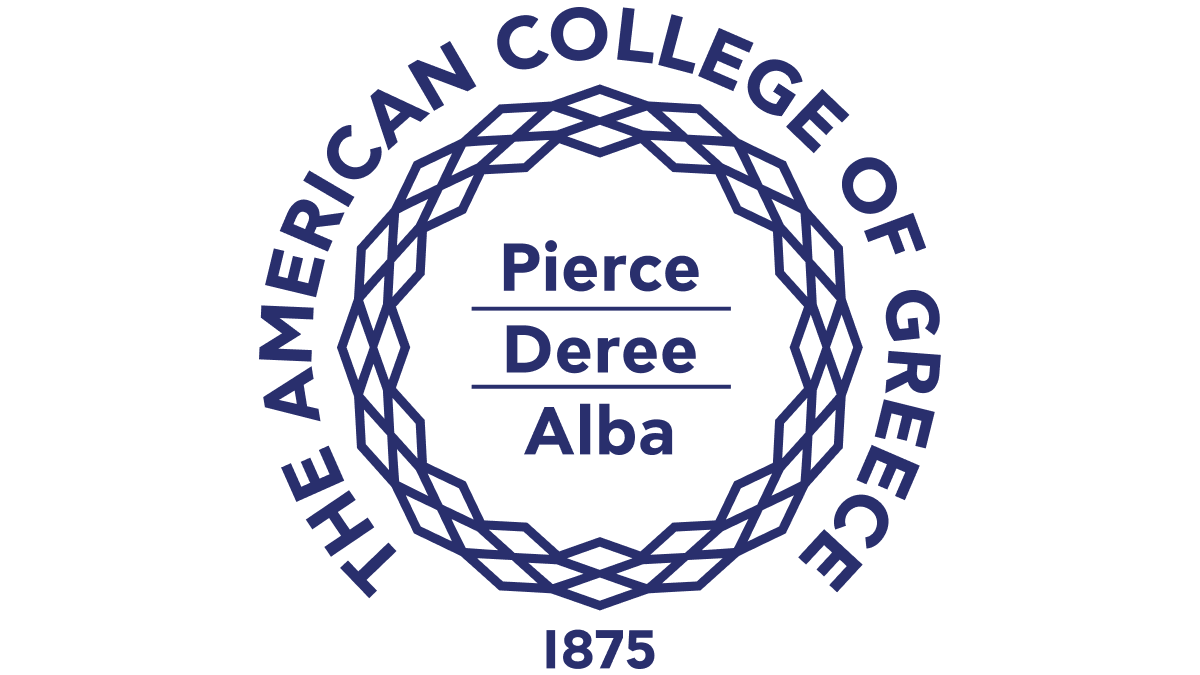









.jpg)





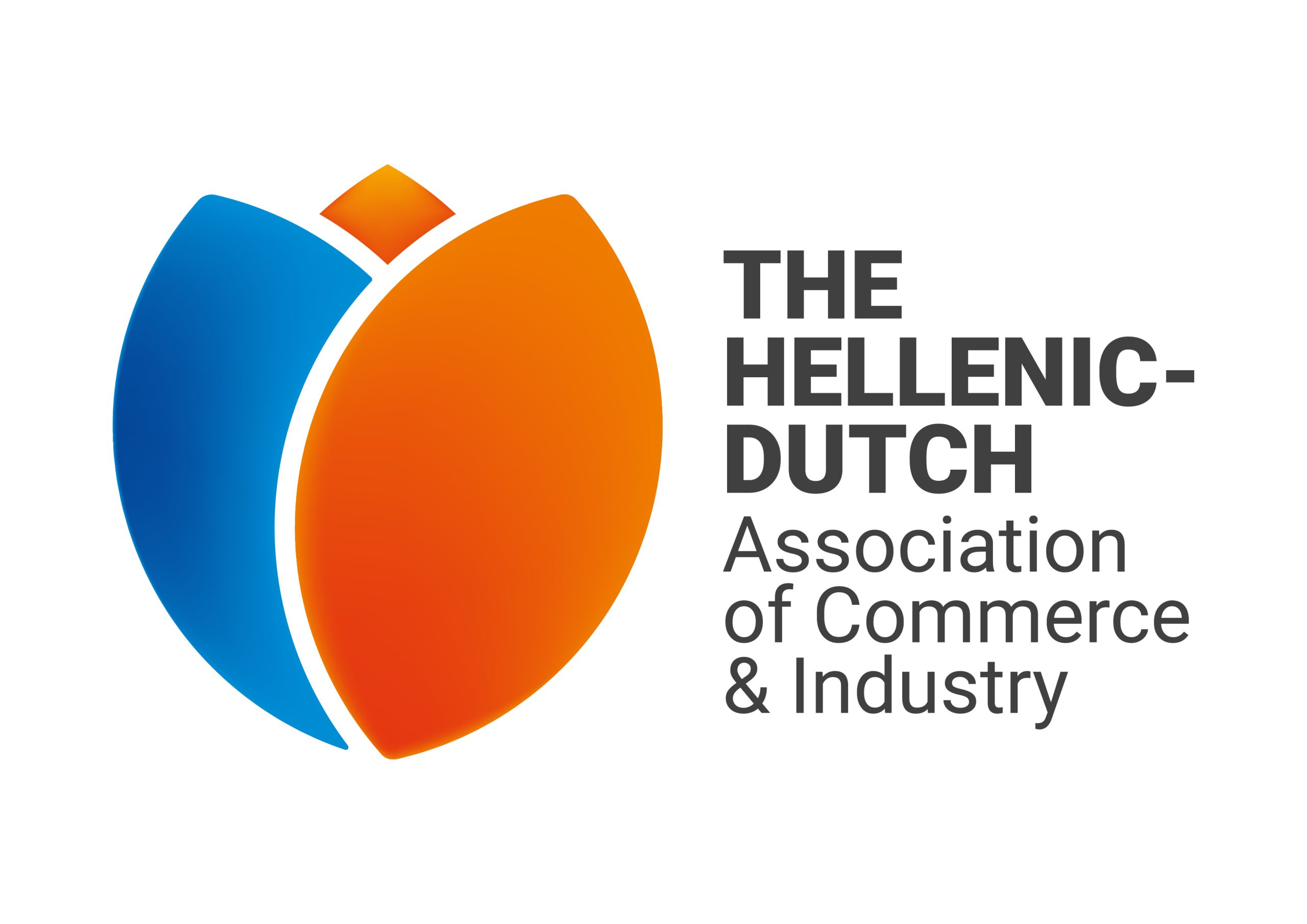
.jpg)



_.jpg)
.jpg)








